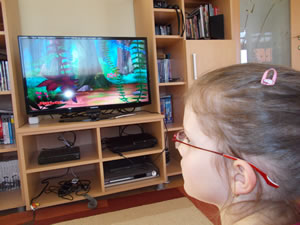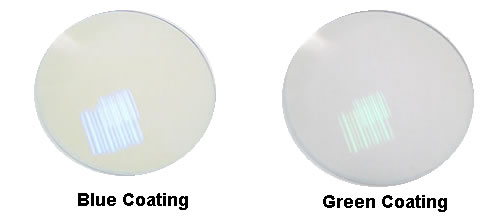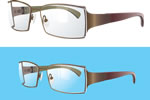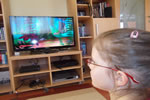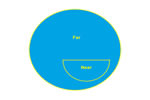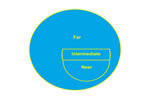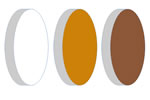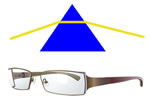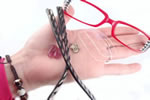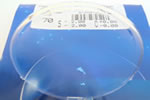Anti-Reflective Coating, Worth to Pay For?
The antiglare or anti-reflective coating is a layer applied on lenses to increase the clarity of vision and protect your eyes against fatigue, by eliminating the disturbing lights and shadows.
ON THIS PAGE
Anti-reflective layer is especially recommended for
But it is highly effective in any activities, for you like eyeglass wearer.
The excellent news is that the anti-reflective layers can be put on any type of lenses. So, you can use them on distance, close vision lenses, progressives, degressive lenses, bifocals, trifocals, PC, photochromic or any type of lenses.
Let me give you some examples
You are driving and slowly darkens. In front of you are approaching other cars with headlights on, that stick in your face.
If you wear lenses without antiglare coating, these lights will create a small reflection on your lens that will irritate and tire your eyes. If you have the coating, much of these reflections will be canceled so eye fatigue will happen much later.
Helpful Tips
- The combination between anti-reflective and computer lenses, increase the lenses efficiency a few times more
- Some lenses like individual progressive lenses or high index lenses are manufactured with antiglare coating from factory
- If you have reading glasses, the anti-reflective coating is not necessary (maybe if using tablets a lot), instead ensure that you read in decent light conditions
Which is the best anti-reflective coating
Here, you can read about:
The color of light reflection on the lens gives you clues about the quality
This specific feature of anti-reflective layer can be seen directly on the lens surface as a faded shade of color. It is visible only in some inclinations of the lens, without giving it a permanent color. Contrary lenses with antiglare layer are more transparent and colorless.
Knowing the lens characteristics with different color of light reflection on coating is helpful when choosing your antiglare coating with the optician.
You can see one of these reflected colors:
- Blue
- Purple
- Green
The purple and the blue coating have about 6 layers placed one above another on the lens. Provides a moderate level of protection and the lowest price for you.
It is recommended for street, home, driving (short periods), computer and television.
The green coating offers superior protection and color is made by the 9 layers of treatment applied to the lens. This means clear images without glare, so a longer period without eye strain.
It is prescribed for those who drive more at night, those who use a lot the computers (best in combination with PC treatment), but also for any glasses from which we claim to protect our eyes and give us a clear vision and have a beautiful and distinct look.
Durability of antiglare coating
The coatings to last more, best you choose a well known company that guarantee a high quality. In normal conditions, you should not have any problems with these layers for years if the lenses are quality lenses.
You need to know that the anti-reflective coating is part of the lenses guarantee so the lenses will be changed if you have problems with the coatings.
Causes that may damage the antiglare coating:
- Extreme temperatures (fire, ice)
- Bad cleaning solutions
- Inappropriate lens cleaning
How to clean these lenses
Having different layers on your lenses one above the other, you want to be more careful what cleaners you manage to avoid damaging these coatings.
I suggest for regular cleaning a dry and clean microfiber.
Cleaning solutions are recommended only in situations where dry microfiber can not remove dirt. In this case, you can use specific solutions for anti-reflective coating (read the inscription on the bottle) that you find in optical shops.
Once a week you can wash your glasses with warm water and a soft soap, but not more often than that.
Avoid alcohol-based solutions!
How is applied this coating
We have two possible situations:
On new lenses
The coating is applied in the factory on the surface of the lens covering it all. After the lens shaping, in the optical store, the edges will not have the coating.
On old lenses
The use of antiglare coating on older lenses is technologically possible, but the lens manufacturing companies avoid this because if the lens is scratched, it may reduce the value of the applied coating.
I personally would not choose any lens without anti-reflective coating for activities that require this, so I suggest you do the same thing.
The price of antiglare coating will not significantly increase the cost of glasses, but the result is hugely beneficial, protecting your eyes, so you have to consider the worth of extra expense.
Quick Links - Eyeglass Lenses
Home » Eyeglass Lenses » Anti-Reflective Coating
Was this information useful?
1. Like Perfect-Eyeglasses-Guide.com on Facebook.
2. Share this article with your friends:

